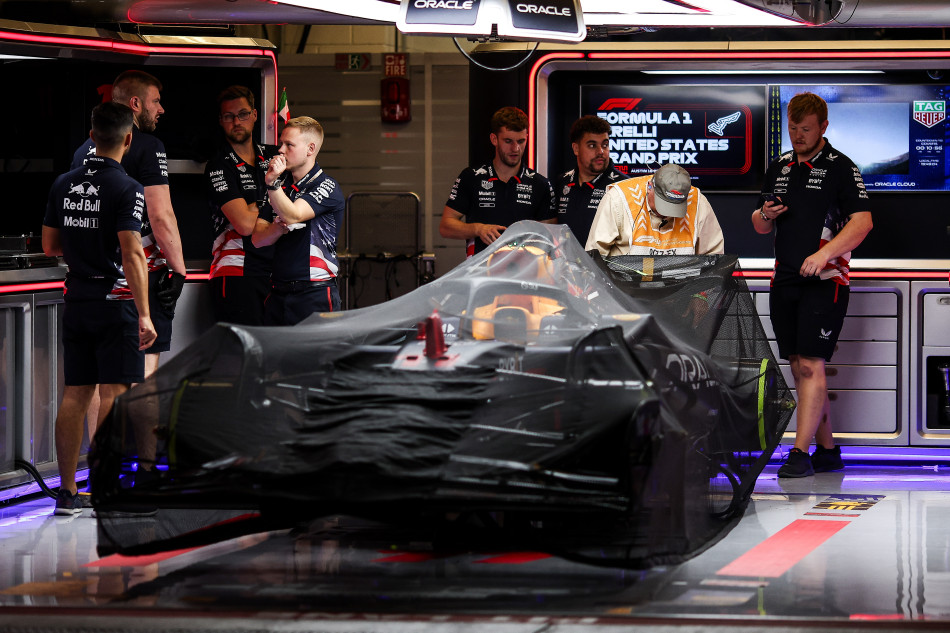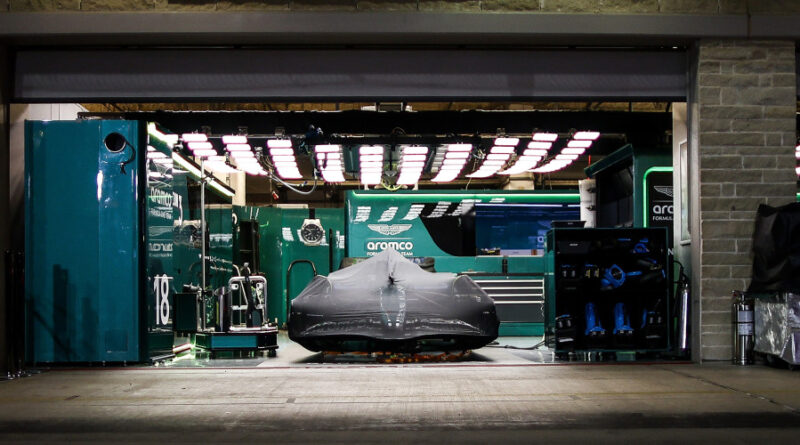FIA INSIGHTS – PARC LIFE: HOW THE FIA’S PARC FERMÉ REGULATIONS MAKE SURE THE CAR THAT QUALIFIES IS THE ONE THAT RACES
FIA INSIGHTS – PARC LIFE: HOW THE FIA’S PARC FERMÉ REGULATIONS MAKE SURE THE CAR THAT QUALIFIES IS THE ONE THAT RACES
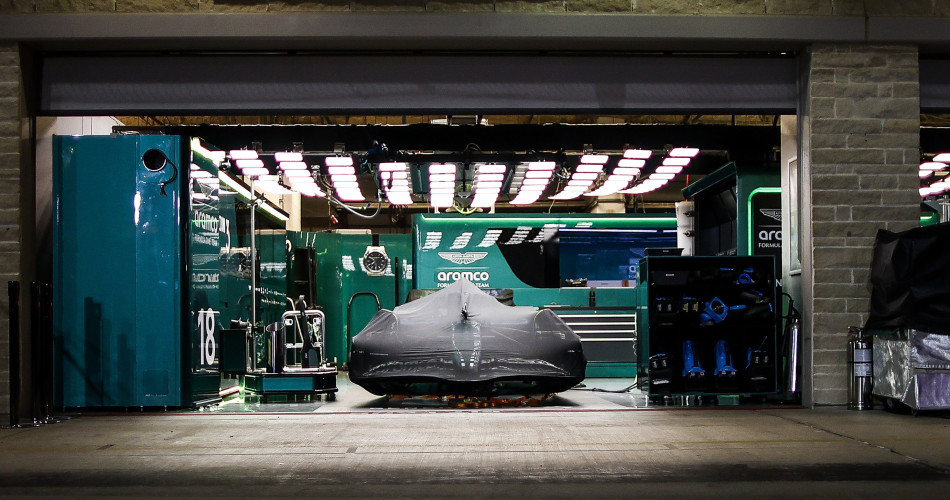
A French phrase translated directly as ‘closed park’, F1’s parc fermé rules are a suite of regulations that govern exactly what a team can and cannot do to its cars during designated periods of time ahead of a grand prix, making sure the car that has just competed stays in that condition, and is ready to be checked (or protested by a competitor).
“Parc fermé is a concept that exists in a huge range of motor sport disciplines, though it may take different forms,” says F1 Technical Delegate Manuel Leal. “In WRC, for example, or in Rally Raid, it is a physical ‘corral’ in which the cars are held, but in F1 it’s both a physical space – you see that at the end of sessions when the cars are parked in a designated area and in the pit lane – and a virtual one, if you like, where the cars are returned to the teams but only certain work is allowed to be performed..
“Essentially, the rules prevent teams from making changes to their cars between Qualifying and the Race,” he adds. “The regulations are intended to ensure a level playing field for all teams by limiting their ability to make modifications, and also for cost reasons so that teams cannot create bespoke cars for Qualifying.”
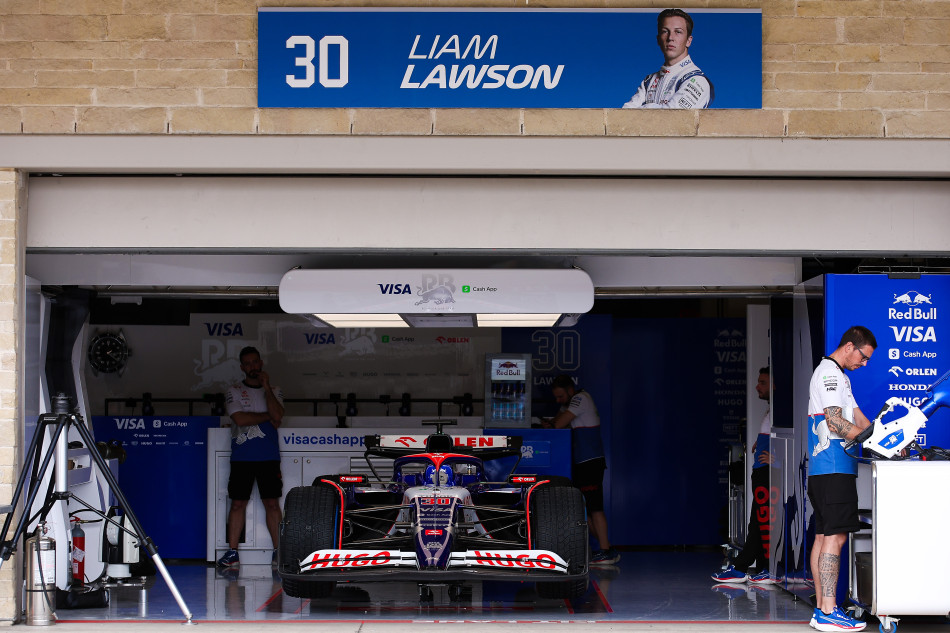
The rules governing parc fermé are contained within Article 40 of the F1 Sporting Regulations, point two of which specifies that “each car will be deemed to be in parc fermé from the time at which it leaves the pit lane for the first time during the Qualifying session until the start of the race. Any car which fails to leave the pit lane during the qualifying session will be deemed to be in parc fermé at the end of Q1.”
That covers a standard Race weekend and, as Leal says, Sprint weekends have their own time frames. “From Sprint qualifying to the end of the Sprint is one period, leaving the period between end of the Sprint and the start of Qualifying free to the team to conduct any work, but then as normal from the moment the car leaves the pit lane in Q1 it’s in parc fermé conditions.”
So, once in parc fermé, what kind of tasks can be undertaken? Leal explains that largely any permitted work is either typical maintenance or safety related and includes the deglazing of brakes, changes to the front wing flap angle, non-destructive test (NDT) inspections for damage or weakness, and bodywork components may be repaired where the damage is patched, bonded, or fixed together. Certain fluids can be replaced, engines can be fired up, changes for driver comfort and also due to changing weather conditions are allowed but all must be completely under the watchful eye of scrutineers and FIA technical personnel.
Any work not listed in Article 40.2 may only be undertaken with the approval of the Technical Delegate following a written request from a team. It must be clear that any replacement part is the same in design and similar in mass, inertia and function to the original. Any parts taken off a car are also retained by the FIA should further checks be needed.
Leal explains that monitoring starts with the provision of set-up sheets for each car by a team.
“The teams need to declare a set-up sheet for each car before qualifying. That details cambers, toes, corner weights and so on. So, for example, if they crash and need to put the car back together, we will go down and check that they are only repairing the crash damage and not changing the set-up. We need to see the same cambers, the same toe and we will want to do a set-up check. And if something needs to be replaced, say a potentiometer on a suspension has failed, we need to see evidence of the failure, and if it’s related to a critical performance point, such as weight distribution, ballast, suspension set-up, or aero – bar the front wing flap – then you will have an FIA person checking that it’s the same.”
As well as FIA technical staff, who may be called to perform checks, constant monitoring is conducted by scrutineers, with one being assigned to each car for the duration of the weekend.
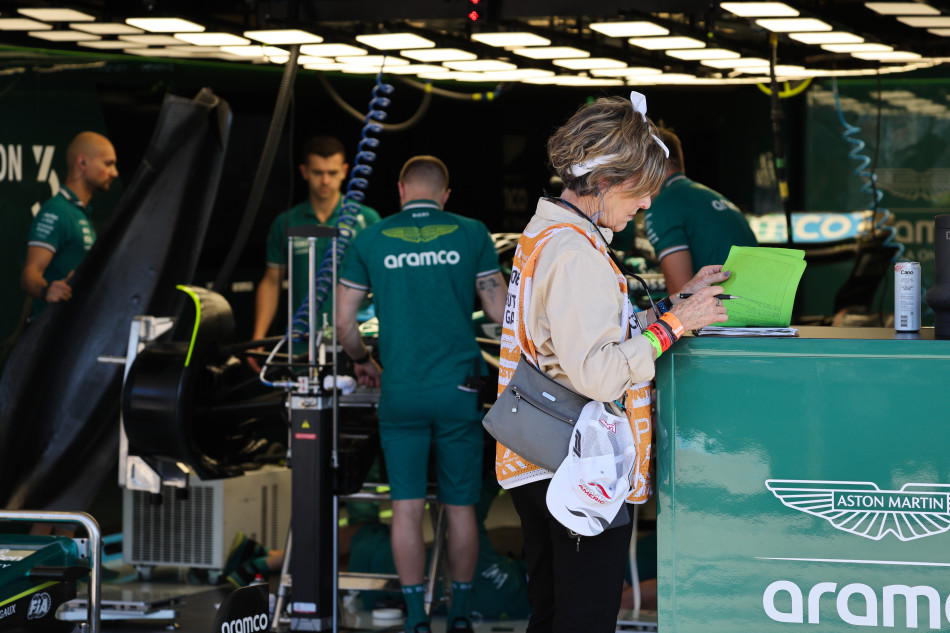
“We have that physical space after a session, where cars are weighed and so forth, and the virtual space, when cars are returned to the team,” says Leal. “When that happens we have 20 scrutineers monitoring every single operation that is being done to the car and writing that down for us to check later. Also, at the beginning of the season teams have to submit a list of operations they will normally conduct in parc fermé within the regulations, and we approve them or not. Each car is different so they might say that for them to check the combustion chamber, they need to remove the spark plugs and for removing the spark plugs, they need to remove something else. This list tis given to the scrutineers, so they can follow what’s going on.”
Following Qualifying at least three cars are also chosen to undergo further checks and once informed that their car has been selected, the team concerned cannot take the car out of parc fermé until these checks are completed.
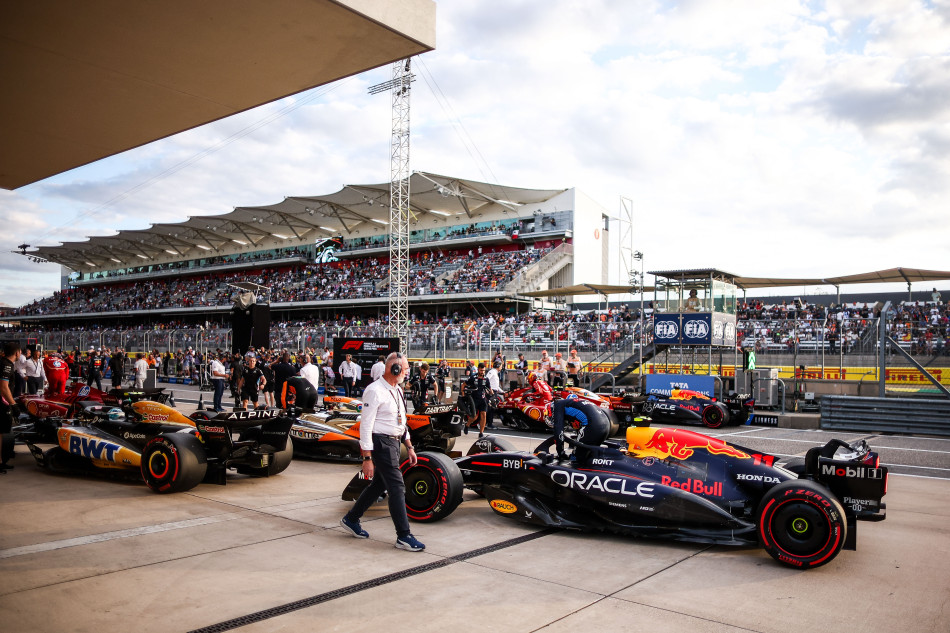
The presence of the scrutineers isn’t the only guarantee of vigilance, however.
“In addition we have an overhead camera above each car that is monitored and recorded,” explains Leal. “Essentially, it’s similar to the CCTV any security firm might run. We monitor in real time, there are people watching constantly, and we can view anything that happens to that car.”
All operations conducted by a team must be completed within two hours of the end of both Qualifying and the Sprint and then all cars must be covered and ready for FIA seals to be applied in order to ensure that they remain secure until the following day.
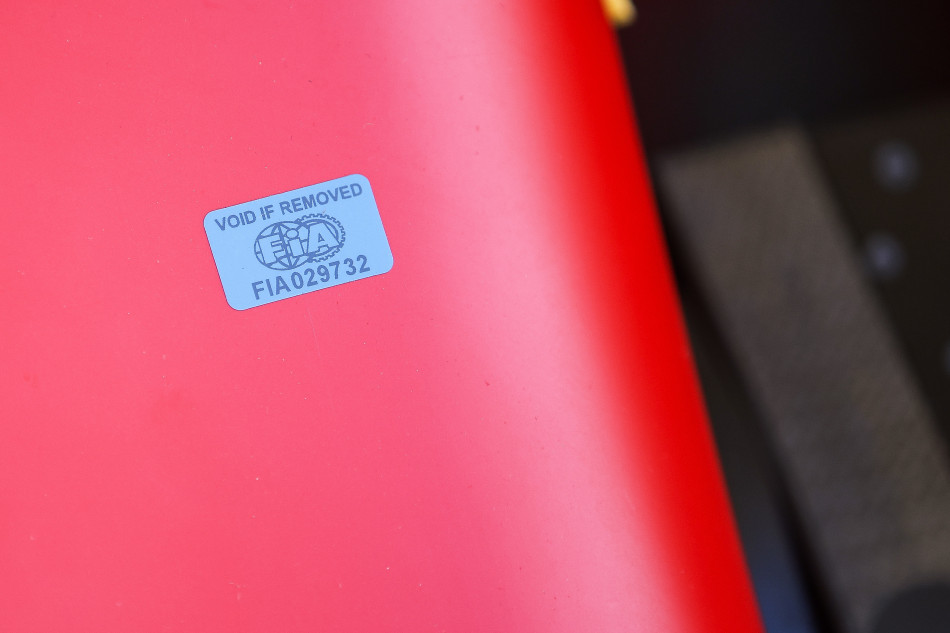
Tamper-proof stickers or seals are not just placed on the covers, however.
“Engines and gearboxes are, of course, sealed,” says Leal. “But we have the right to apply seals to whatever part we wish to keep track of. So if there is something we are concerned about that is critical and difficult to see live, even with the cameras, then we will add a seal. As a minimum, it’s gearboxes, power units, energy recovery systems, bodywork panels the driver’s seat, but we can place seals wherever necessary. I think over the course of the season we order anything up to 40,000 seals, so that gives an indication of how stringent our checks are.”
The covers are removed five hours before the scheduled start of the formation lap for the Race, though all seals remains in place and the cars remain under parc fermé conditions until the start of the Race.
What happens in the event that a team chooses to break parc fermé rules to makes changes and start from the pit lane?
“They have three hours post-Qualifying to make requests,” says Leal. “If they decide that their set-up is not effective, they wish to change the spec of the car, or they have any other reason to start from the pit lane they will declare that. Technical Delegate Jo Bauer makes a report with the parts that have been replaced, in the case of failure or damage, and then another report of parc fermé Issues, which will detail what the team did. All of this is made available to everyone so there is complete clarity.”
Once the covers come off the cars on Sunday morning the FIA technical team conduct final checks to ensure that the cars that qualified are the same as those going into the Race.
“FIA personnel typically do set-up and parts spec checks on Sunday morning, just to make sure that there is nothing a scrutineer has missed, which to be honest is rare. But it’s just a further level of vigilance for us to make sure that teams have stuck to the regulations, that we have a level playing field and that, unless there is a compelling reason, we go into the Race with cars in the condition they qualified.”
